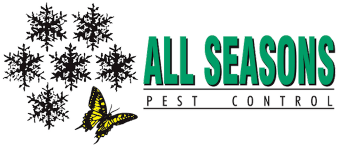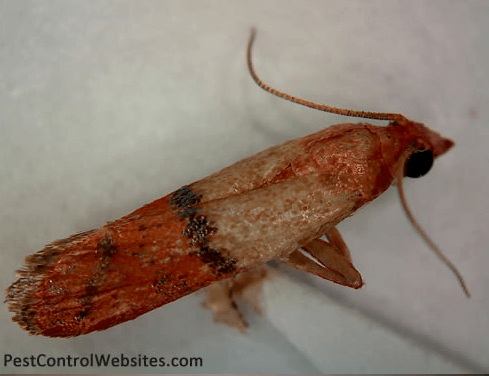Pantry Pest Facts, Identification & Prevention
Pantry Pests
There is nothing quite as unnerving as finding pests in or around your food. If you discovered insects in your cupboards, you may have a type of pantry pest. Pantry pests can be brought into your home from supermarkets or may simply enter your home in search of exposed stored food products. Pantry pests may lay eggs in accessible stored food products, the larvae will feed on the food until they pupate and become adults. Adults will emerge from the packaging and may then spread to other food products. Learn more about pantry pests by contacting our pest management specialists directly.
Pantry Pest Facts
The three most common pantry pests in our area are the carpet beetle, the drugstore beetle, and the Indian meal moth.
The carpet beetle is an oval shaped beetle approximately 1/8 inch in length. The coloration is a mosaic pattern of gray, brown and white. The carpet beetle feeds on a wide variety of products, but prefers animal based products such as wool, furs, and animal carcasses.
Drug store beetles are small, cylindrical shaped, brown beetles approximately 1/8 inch in length. They, too, feed on a wide variety of products, but prefer grain based products such as cereal, oats, and rice.
The adult Indian meal moth is copper colored with a light gray head. Signs of an infestation may be finding adult moths fluttering around your house, or silken threads and maggot like larvae in your stored grain products.
Preventing Pantry Pests
While pantry pests are not necessarily dangerous, they do contaminate ruin your stored food products. The following are beetle and moth control measures that can be taken to help prevent infestations from occurring:
- Regularly clean your cupboards – sweep up crumbs, get rid of old packaged food, and wipe surfaces down.
- Use airtight containers to store food products.
- Check products for rips and tears before you purchase them.
- Watch out for telltale signs of infestation such as flying moths, ripped or torn packaging, or the presence of exposed grain products on product shelves or floors.
- Focus on foods that are particularly susceptible to pantry pests. This may include dry pet foods, international foods, bird seed, cereal, crackers, and other grain products.
- Throw out foods that are old, stale, or you think may be infested with pantry pests.
- If you think you have a pantry pest infestation, call a pest management professional.
Treatment
It may be difficult to completely eliminate pantry pests by sanitation alone. A treatment may be necessary. At All Seasons Pest Control, we have skilled technicians who can quickly and efficiently solve your pantry pest problem. Contact us today for a consultation.
Accurate identification, sanitation, and a thorough treatment plan is the proper solution to a pantry pest infestation. At All Seasons Pest Control, solving the problem is the primary focus. All treatments are performed safely for the protection of your family, pets, and home. Our loyal customer reviews speak for themselves. When you use All Seasons Pest Control, you will find peace of mind.

